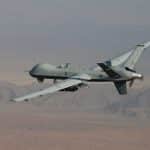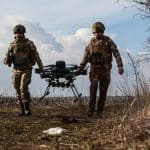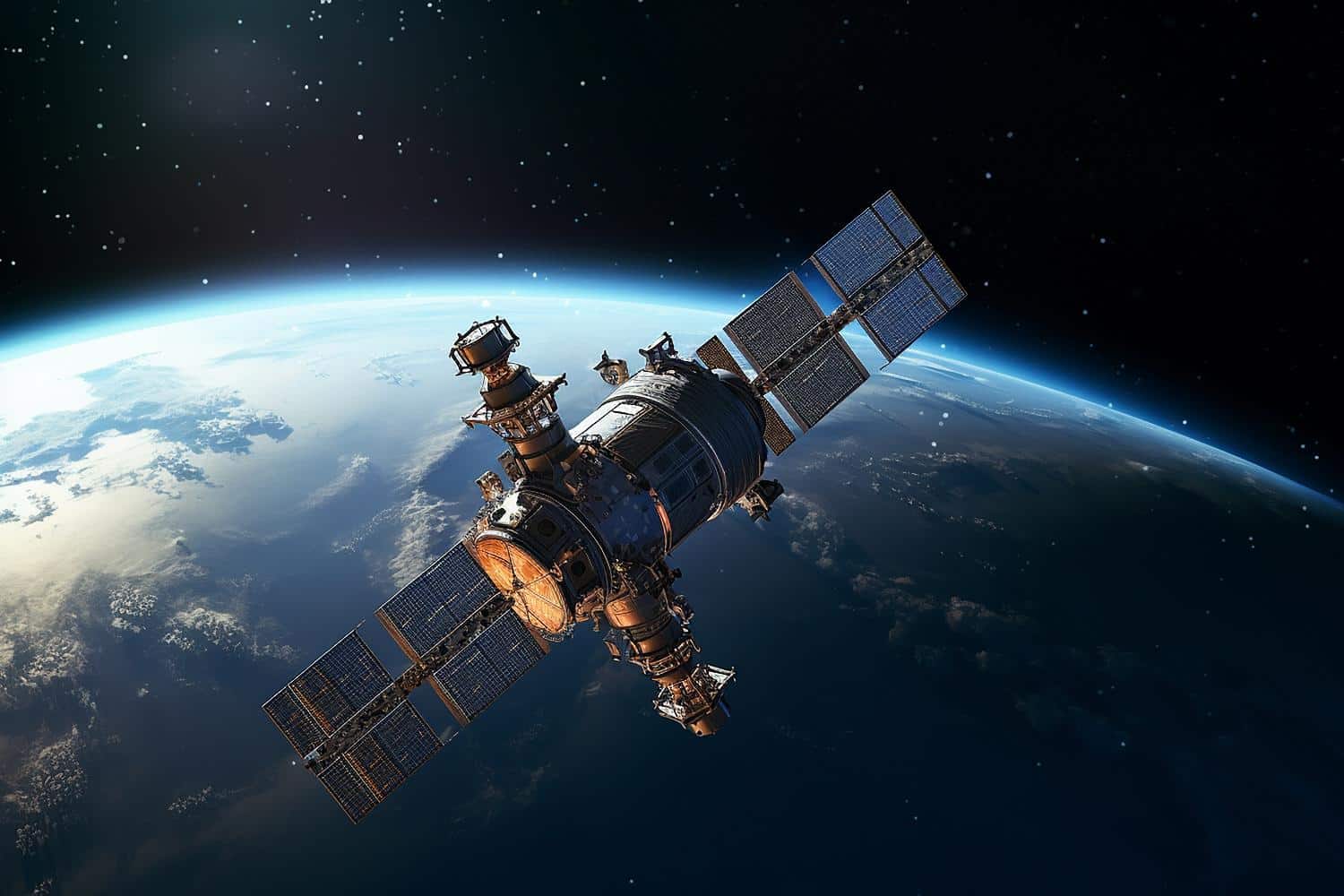The Defense and Security Equipment International in London ends on Friday. This event brings together defense professionals from around the world to showcase their defense innovations. With the central theme being “preparing the future force,” all innovations are geared toward autonomy, mass production, and AI integration. Let’s take a look at the major innovations seen at this defense exhibition.
Navy defense innovations
· Atlantic Bastion (UK): anti-submarine shield in the Atlantic, based on a network of sensors, underwater drones, and surface vessels.
· BMT MODUS (UK): new family of modular surface drones (USVs). They will be able to perform mine clearance, patrol, or logistics tasks depending on the modules on board.
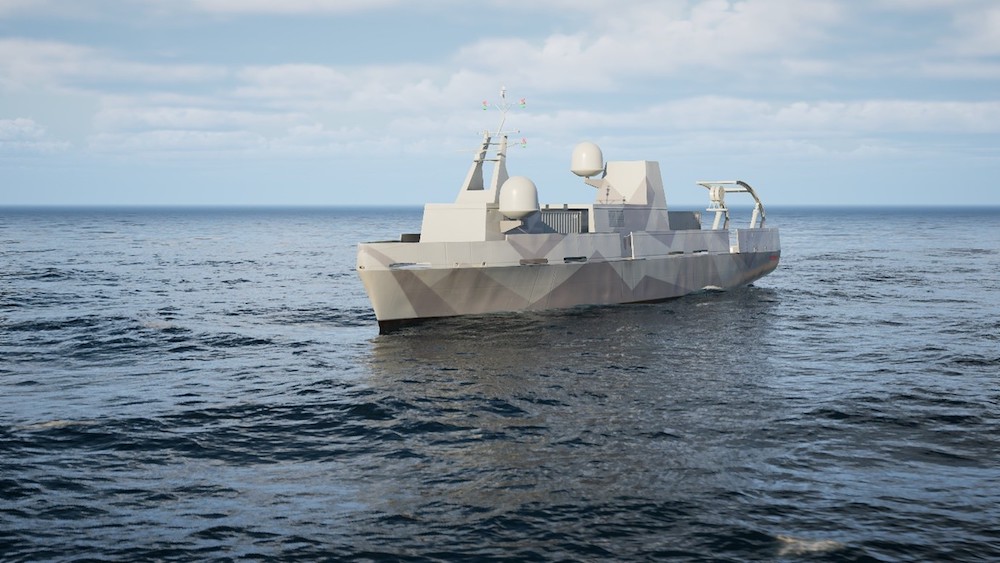
· Naval Group (FR): promotion of modular and autonomous naval solutions, including armed USVs for coastal missions such as Seaquest-S.
Air defense innovations
· GCAP (UK-IT-JPN): 6th generation fighter program gaining momentum, with G2E sensor consortium (Leonardo, ELT Group, Mitsubishi Electric).
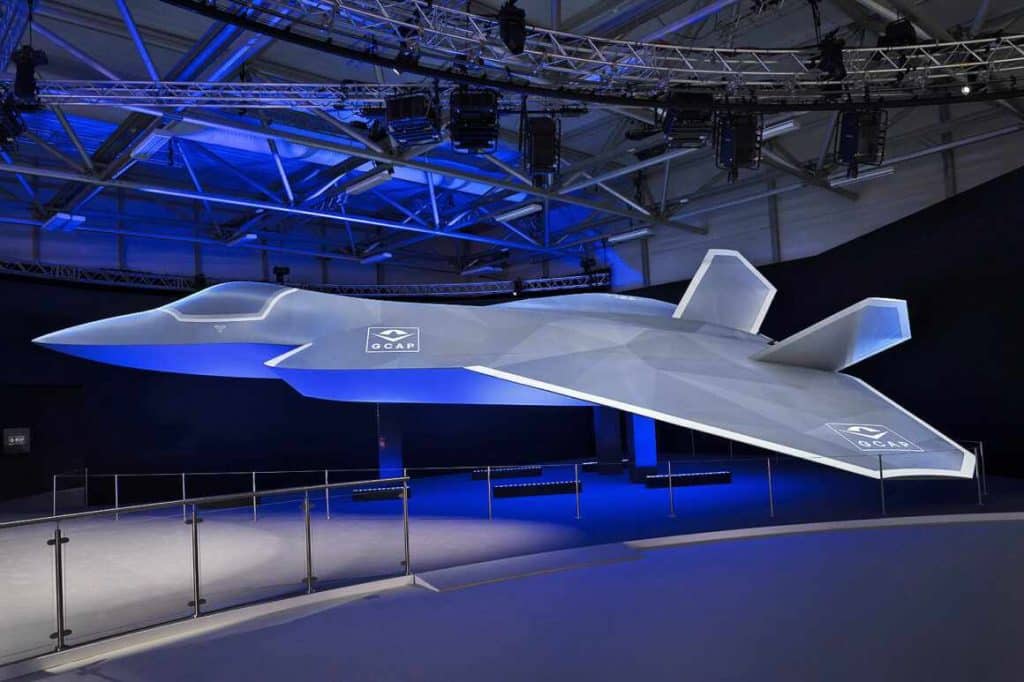
· BAE Systems & Lockheed Martin (UK–US): unprecedented cooperation on a modular electronic warfare drone, developed by FalconWorks and Skunk Works.
· Royal Navy (UK): test planned for 2026 of a jet-powered combat drone launched from an aircraft carrier, a step towards mixed naval aviation (aircraft + drones).
· Saab Nimbrix (SE): a missile specifically designed to neutralize small drones.
Drones innovations
· MBDA Crossbow (UK-FR-IT): a heavy kamikaze drone capable of reaching over 800 km, produced at low cost and in large quantities. Designed to overwhelm enemy defenses.
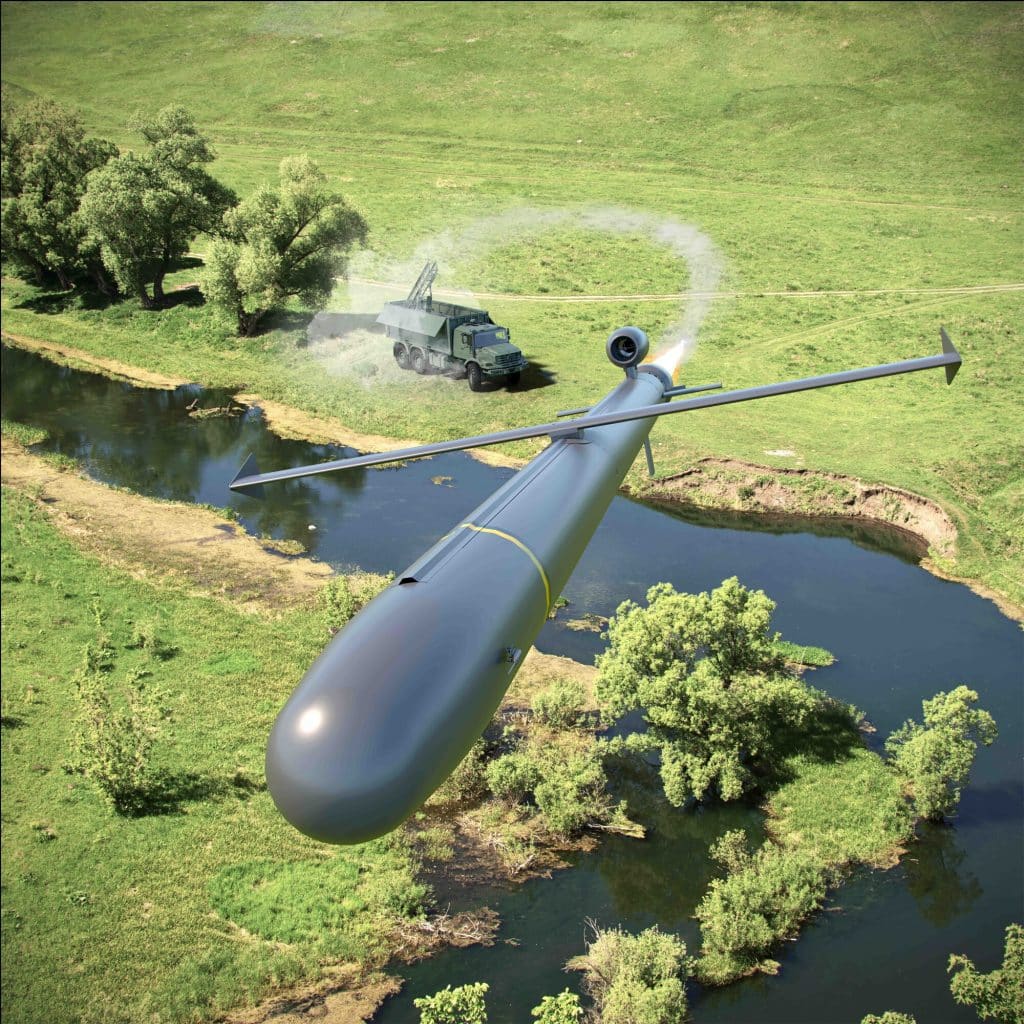
· Octopus Project (UK-UA): launch of mass production of interceptor drones capable of destroying Russian Shahed drones at a much lower cost than surface-to-air missiles.
· British start-ups (UK): small interceptor drones such as Skyhammer/Starhammer, with trials planned directly in Ukraine.
Innovations in sensors and defense systems
· Hensoldt TAROSS (DE): a software-defined optical system that can be adapted to different vehicles and missions, with real-time data fusion using AI.
· Thales (FR): multi-mission radar solutions and tactical data fusion systems for better coordination on the battlefield.
· Raytheon (US): advanced detection systems for anti-drone defense, integrated into US command and control (C2) architectures.
DSEI 2025 showed that the future of defense rests on three major dynamics: the mass production of low-cost drones, the priority given to anti-drone warfare, and the rise of naval and aerial autonomy. The integration of AI and smart sensors is emerging as the glue that binds these developments together, accelerating decision-making and enhancing operational effectiveness.


